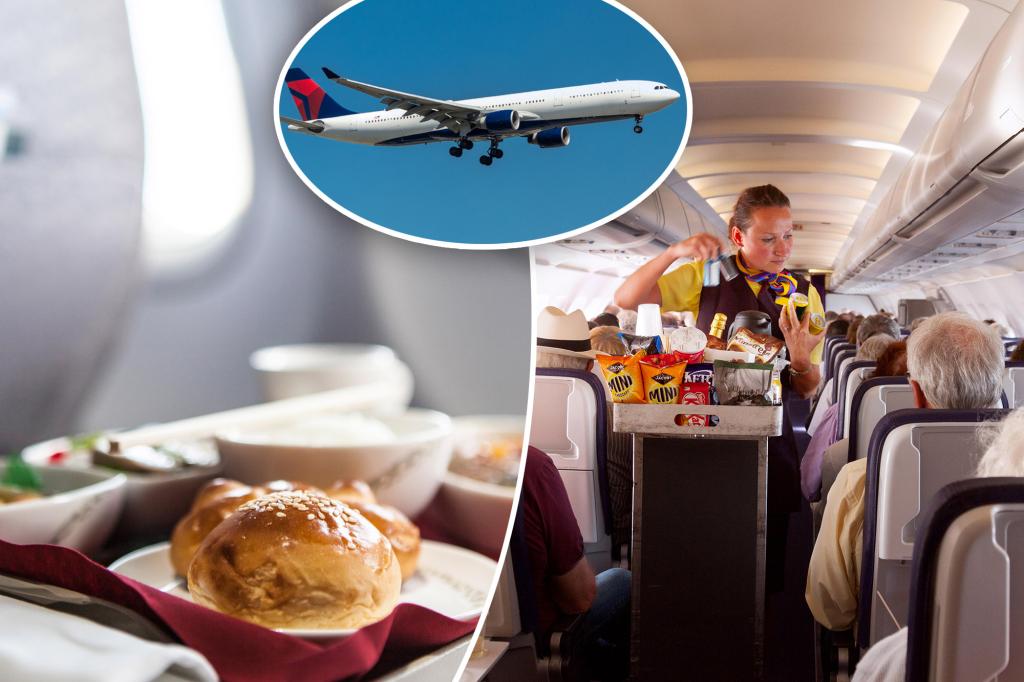Flying at high altitudes can significantly change the way we experience taste and smell. The dry air in the cabin can lead to dehydration, which affects the moisture in our nasal and bronchial passages and ultimately alters our senses. Additionally, the higher air pressure and noise level on a plane can also impact our ability to taste and smell properly. The air in the airplane cabin is very dry, with a humidity level of about 12%, making it even drier than the Mojave Desert in California.
Due to these environmental factors, our senses of taste and smell can be significantly altered during a flight. Salty and sweet tastes are particularly weaker at higher altitudes, so food on a plane often has approximately 20% more salt in savory dishes and equal or more sugar in desserts. Experimental psychologist Charles Spence from England’s Oxford University has conducted studies on how certain environments and sounds can impact taste. He found that wearing noise-canceling headphones can actually make food and drink taste better in the air. A study by the Fraunhofer Institute in Germany simulated the low air pressure of an airplane cabin and found that bitter, sour, and spicy tastes held up during the in-flight experience.
While it may be difficult to replicate the taste of food in a high-altitude environment, there are some recommendations to enhance the flavor of meals during a flight. Spicy or salty foods, like Mexican cuisine or sushi, are good options for those looking for decent food in the sky. Foods with umami taste, such as Parmesan cheese, tomatoes, and mushrooms, are also recommended for their flavor consistency under altitude changes. A bloody mary, with its tomato base and Worcestershire sauce, can provide a double dose of umami flavor and is a popular choice for in-flight drinks.
In general, the challenges of eating on a plane due to changes in taste and smell can be overcome by selecting foods that are more resistant to these alterations. The sensory experience of dining at high altitudes is influenced by a combination of environmental factors, and it is important to understand how our senses might be impacted during a flight. By choosing foods that are known to hold up well under altitude changes, passengers can enjoy a more satisfying culinary experience while traveling by air.


